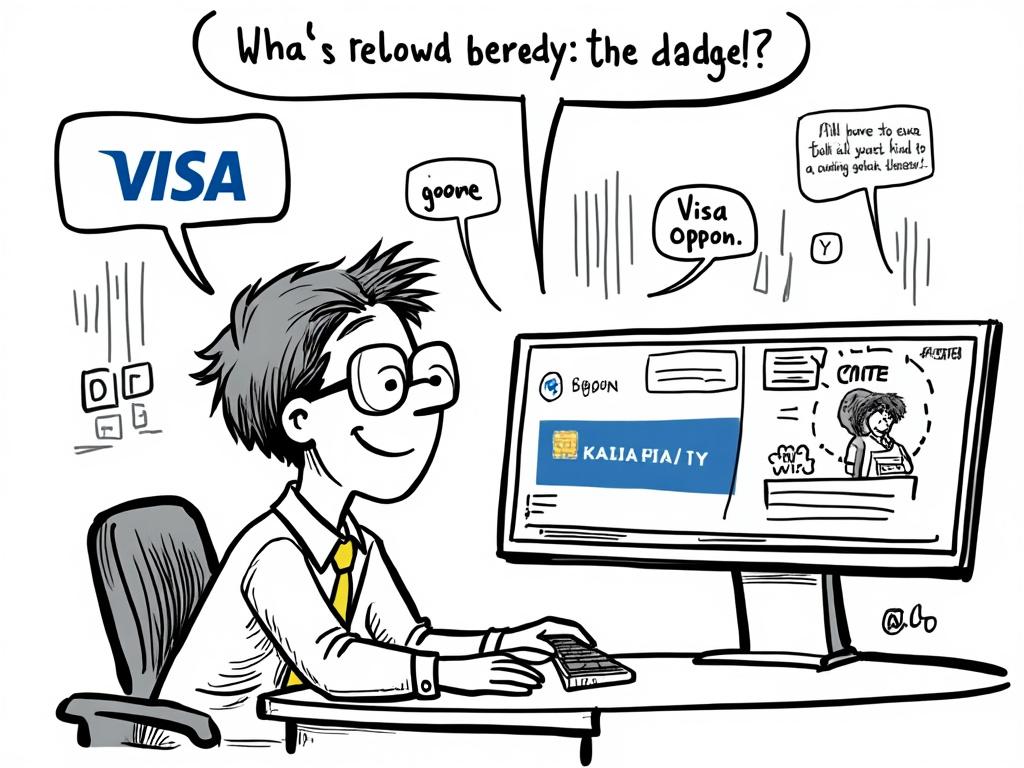
Personal Loans in the UAE: How Much Can You Borrow?
Reading time: 8 minutes
Ever wondered if that dream vacation or home renovation is within financial reach? You’re not alone. Personal loans in the UAE have become a popular financial tool, but navigating the borrowing landscape can feel overwhelming. Let’s cut through the complexity and reveal exactly how much you can borrow—and what determines your borrowing power.
Table of Contents
- Understanding Your Borrowing Limits
- Key Factors That Determine Loan Amount
- Bank-by-Bank Comparison
- Maximizing Your Approval Chances
- Common Challenges and Solutions
- Your Strategic Borrowing Roadmap
- Frequently Asked Questions
Understanding Your Borrowing Limits
Here’s the straight talk: Personal loan limits in the UAE aren’t one-size-fits-all. The Central Bank of UAE regulations cap your total debt burden at 50% of your gross salary, but individual banks often set more conservative limits.
The Reality Behind Maximum Amounts
While banks advertise maximum personal loan amounts up to AED 2 million, the reality is more nuanced. Most UAE residents can realistically borrow between AED 50,000 to AED 500,000, depending on their financial profile.
Quick Scenario: Imagine you’re earning AED 15,000 monthly as a marketing manager. With existing commitments of AED 3,000, you could potentially qualify for a personal loan of approximately AED 4,500 monthly installment—translating to roughly AED 200,000 over 5 years.
Salary-Based Borrowing Brackets
Personal Loan Eligibility by Income Level
Key Factors That Determine Loan Amount
Well, here’s what banks really look at when determining your borrowing capacity:
Income Stability and Source
Government employees typically enjoy the highest borrowing limits due to job security. Private sector employees face more scrutiny, with banks preferring established companies or multinational corporations.
Real Example: A teacher with AED 12,000 salary might qualify for AED 300,000, while a freelance consultant earning AED 18,000 might only get approved for AED 180,000 due to income variability concerns.
Debt-to-Income Ratio
Your existing financial commitments play a crucial role. Banks calculate your Debt Burden Ratio (DBR) including:
- Credit card minimum payments
- Existing loan EMIs
- Mortgage payments
- Family commitments (for expatriates sending money home)
Credit History and AECB Score
The Al Etihad Credit Bureau (AECB) score significantly impacts your borrowing power. Scores above 700 unlock premium rates and higher limits, while scores below 600 may result in rejection or reduced amounts.
Bank-by-Bank Comparison
| Bank | Maximum Amount | Minimum Salary | Processing Time | Special Features |
|---|---|---|---|---|
| Emirates NBD | AED 2,000,000 | AED 5,000 | 24-48 hours | Instant approval for existing customers |
| ADCB | AED 1,500,000 | AED 5,000 | 2-3 days | Flexible repayment options |
| ENBD | AED 1,000,000 | AED 4,000 | 1-2 days | Lower minimum salary requirement |
| RAKBank | AED 1,000,000 | AED 5,000 | Same day | Fastest processing for qualified applicants |
| DIB | AED 2,000,000 | AED 5,000 | 2-5 days | Sharia-compliant options |
Maximizing Your Approval Chances
Ready to transform your application from average to exceptional? Here’s your strategic approach:
Documentation Excellence
Pro Tip: Submit complete documentation upfront. Incomplete applications face automatic delays and reduced approval odds.
Essential Documents:
- Emirates ID (both sides)
- Passport with UAE residence visa
- 3-6 months salary certificates
- Latest 3 months bank statements
- NOC from employer (if required)
Timing Your Application
Banks have monthly targets, making end-of-month applications potentially more favorable. Additionally, avoid applying during Ramadan or year-end when processing slows down.
Relationship Banking Advantage
Existing customers with salary transfers and good standing often receive preferential treatment—up to 0.5% better interest rates and 20% higher loan limits.
Common Challenges and Solutions
Challenge 1: Low AECB Score
Solution: Request your free annual AECB report and dispute any errors. Pay down existing debts and avoid new credit applications for 3-6 months before applying.
Challenge 2: Irregular Income
Freelancers and commission-based professionals face scrutiny. Practical Solution: Maintain 6-12 months of consistent bank statements showing regular deposits. Consider applying through banks that offer self-employed personal loans.
Challenge 3: New to UAE
Limited credit history doesn’t mean no options. Focus on banks offering newcomer packages—typically requiring 3-6 months of salary history instead of the standard 12 months.
Your Strategic Borrowing Roadmap
Successful personal loan acquisition isn’t about luck—it’s about strategic preparation. Here’s your actionable plan:
Phase 1: Assessment and Preparation (2-4 weeks)
- Calculate your realistic borrowing capacity using the 40% rule (keep total monthly obligations under 40% of gross income)
- Obtain and review your AECB credit report for accuracy and improvement opportunities
- Consolidate your financial documents and ensure all bank statements show consistent income patterns
Phase 2: Strategic Application (1-2 weeks)
- Compare rates and terms from at least 3-4 banks, focusing on total cost rather than just interest rates
- Apply during optimal timing—mid-month for faster processing, with complete documentation
- Leverage existing banking relationships for preferential rates and faster approval
Phase 3: Negotiation and Finalization (3-7 days)
- Negotiate terms if you receive multiple offers—banks often match competitive rates
- Review all terms carefully including early settlement charges and payment flexibility options
The future of personal lending in the UAE is shifting toward digital-first experiences and personalized offers based on banking behavior. Are you positioned to take advantage of these evolving opportunities while making informed borrowing decisions that align with your long-term financial goals?
Frequently Asked Questions
Can I get a personal loan with a salary of AED 3,000?
Most major banks require a minimum salary of AED 4,000-5,000 for personal loans. However, some smaller banks and finance companies may consider applications with AED 3,000 salary, though loan amounts will be limited (typically AED 30,000-50,000) and interest rates higher.
How does having multiple bank accounts affect my loan eligibility?
Having accounts across multiple banks can actually improve your application if it demonstrates financial stability and relationship diversity. However, ensure your primary salary account shows consistent income patterns. Banks prefer seeing 3-6 months of salary credits in the account where you’re applying.
What happens if I want to borrow more than my bank’s initial offer?
You can request a review by providing additional documentation such as proof of side income, property ownership, or investment portfolios. Alternatively, consider applying to multiple banks simultaneously (within a 14-day period to minimize credit score impact) to compare offers and potentially negotiate better terms.

Article reviewed by Emre Demir, Cross-Border Investment Broker | Bridging Europe & Middle East, on June 4, 2025



